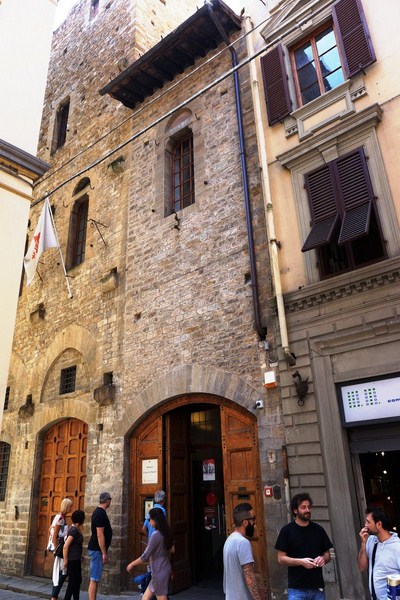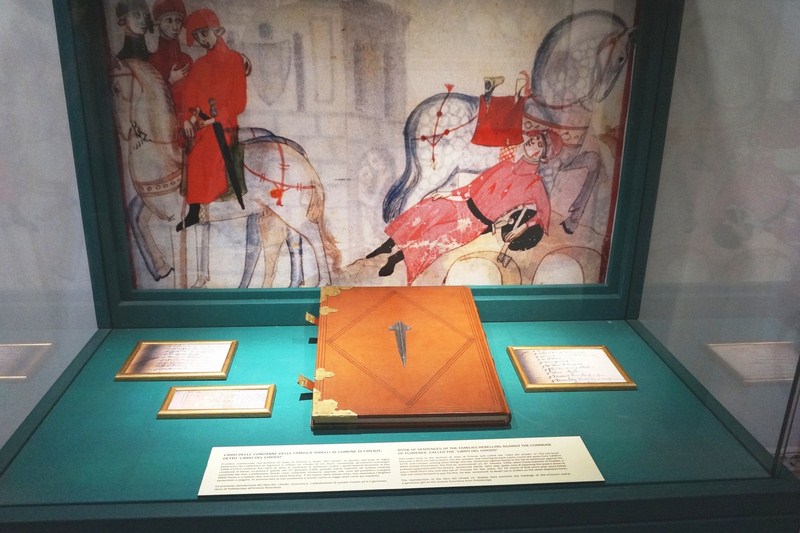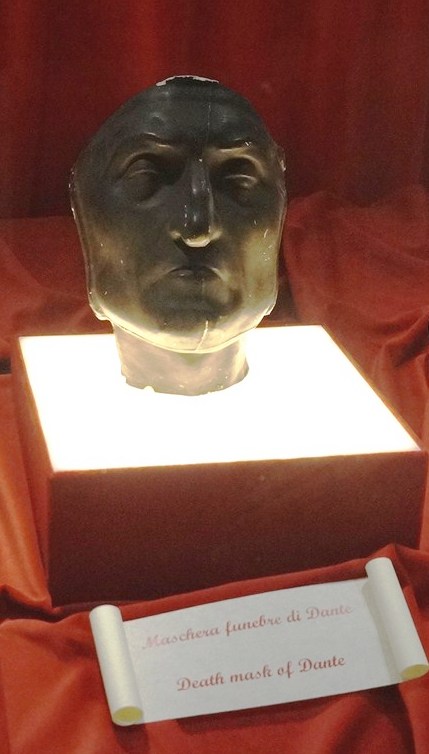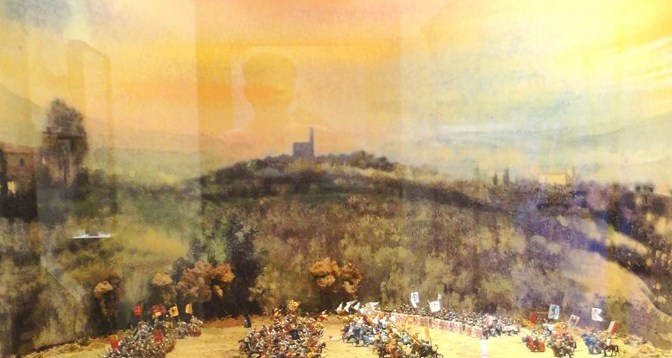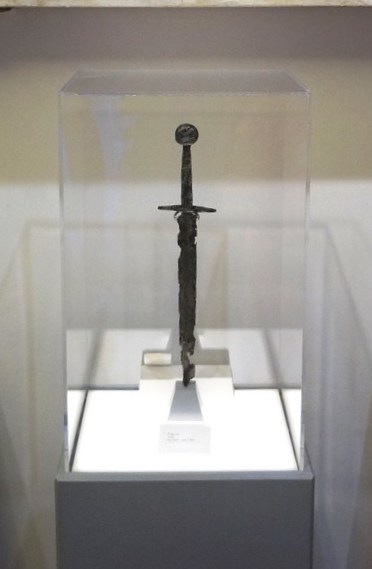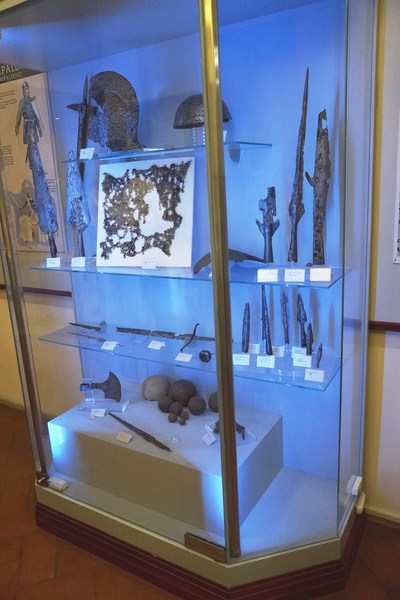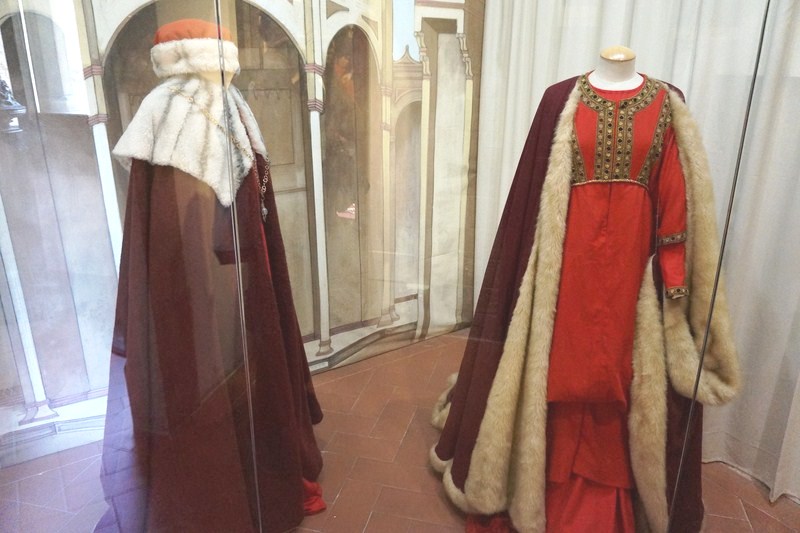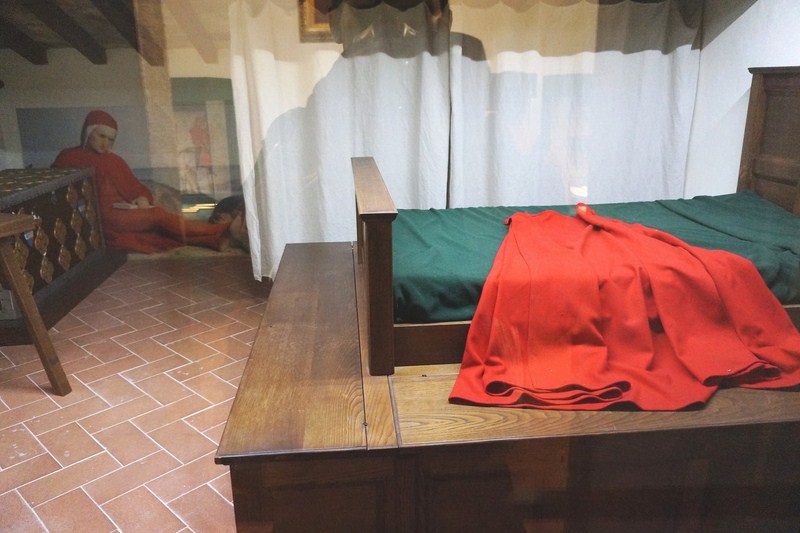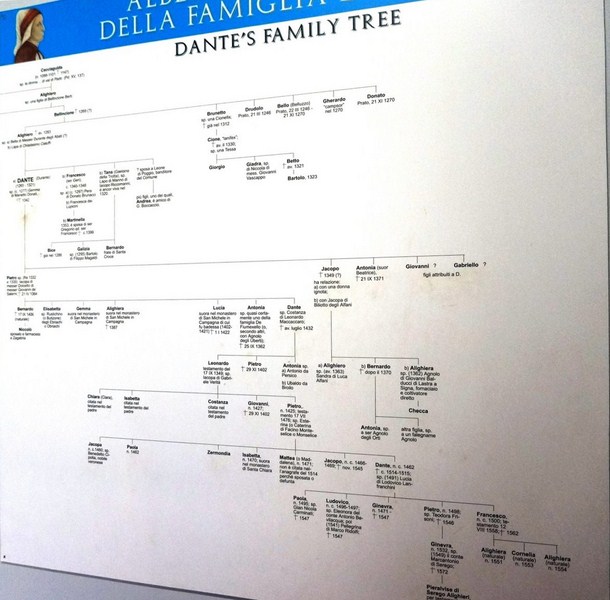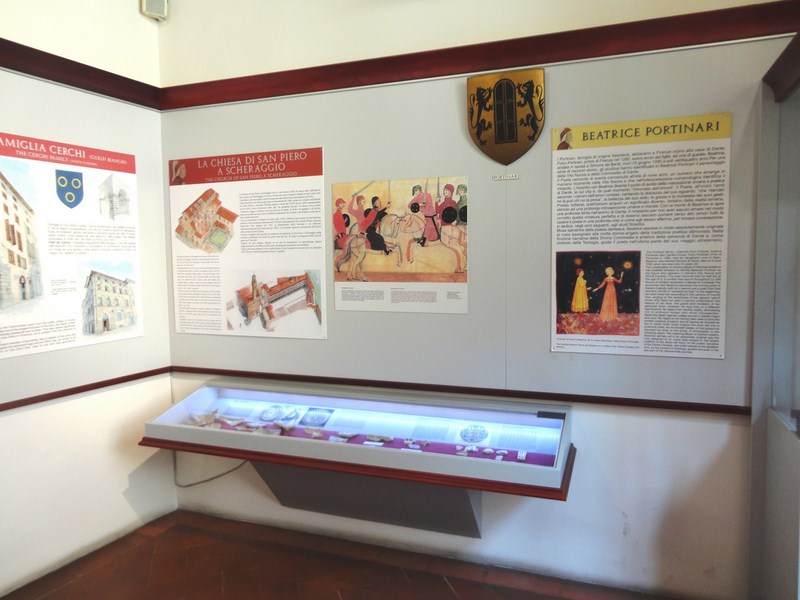The Museum of Dante’s House was established in 1965 on the occasion of the seventh centenary of the birth of the Dante Alighieri, the greatest Italian poet and the father of the Italian language. The Divine Comedy (Divina Commedia), his masterpiece, has influenced the love poetry, theology and symbolism and was, for centuries, the basis of the idea of collective Hell (Inferno), Purgatory (Purgatorio) and Paradise (Paradiso).
Dante was born, between May and June, 1265, in the shadow of the Badia Fiorentina in the neighborhood of Florence. In 1868, after completion of several studies and researches of reports in many old documents, the house of the Alighieri family, near the Torre della Castagna, was identified. However, very little remains of the original building but it was rebuilt in 1911. Tucked into the labyrinth of medieval alleys that tangle between the Cathedral of Santa Maria del Fiore and Piazza della Signora, it is a fine example of a private upper-class home from Dante’s era, but Dante never actually lived here though there is evidence his brother might have owned it.
A museum, designed and installed by the Unione Fiorentina, was opened to the public in May 1965. In 1990, the museum closed for restoration and, on June 1, 1994, was reopened to the public. From 2002 to 2005, the building was reinforced structurally and architectural barriers were removed resulting in the museum’s reopening on September 27, 2005.
The modest exhibition path, arranged on three floors according to the three most important stages in his life, touches the issues in the life of Dante through the events of the Alighieri, the subsequent exile and the features of Florence in the XIV century. A portrait of the poet, of mysterious origin, is engraved on the floor of the square in front of the house.
The first floor displays a series of documents on some of the aspects of 14th century Florence and on the youth of Dante, on his christening in the Baptistery of San Giovanni (the “beautiful San Giovanni”), on his public life, on his election in the office of prior of the town and the realities experienced by the poet – his participation in political and military struggles, notably the conflict between the Guelphs and Ghibellines, the Battle of Campaldino and the division of Florence into “sestrieri.”
There’s a room dedicated to the art of doctors and apothecaries (Dante’s Florentine guild) as well as a reconstruction of a typical medieval master bedroom. There’s also an audio-visual room dedicated to the Divine Comedy, a reconstruction of the streets of medieval Florence and an exhibition of traditional costumes of the fourteenth century.
The second floor exhibits documents relating to his painful exile of 1301, the year of his condemnation. After visiting several cities (Forli, Verona and Bologna), the poet decided to spend his last years at Ravenna where we would die (1321) in the home of Guido da Polenta.
The third floor offers a collection of documents concerning the iconography and fortune of Dante over the centuries. There are also excellent reproductions of works of art, ranging from the 14th century to the present-day, painted by important artists such as Giotto, Fra Angelico, Andrea del Castagno, Domenico Ghirlandaio, Luca Signorelli, Raphael and Michelangelo.
The museum’s predominantly historical and educational exhibit introduced me to the figure of the “great poet”Dante and the medieval Florence in which he lived. The plastic model representing the historic Battle of Campaldino (attended by Dante) and the reproductions of the weapons used at the time were very interesting.
Museum of Dante’s House: Via Santa Margherita 1, 50122 Florence, Italy. Tel: + 39 055 219 416. E-mail: info@museocasadidante.it. Open Tuesdays, 10 AM – 4 PM; Wednesdays and Fridays, 10 AM – 3 PM; Saturdays, 10 AM – 5 PM, holidays and Sundays, 10 AM -5 PM. Closed on Mondays and Thursdays. Admission: €4.00.
How to Get There: Take Via dei Calzaiuoli from Duomo to the river and turn left after the third street (Via Dante Alighieri).

